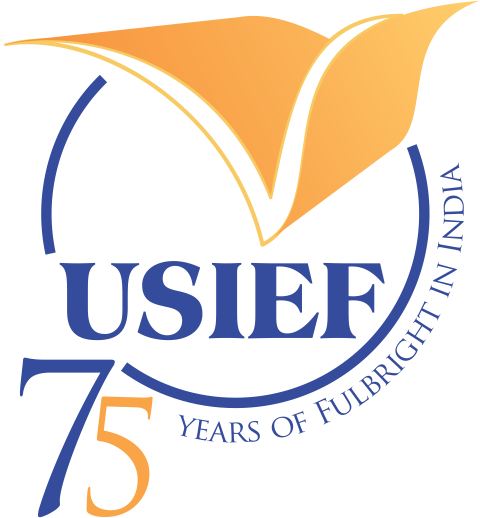Prof. Pampa Panwar is a Professor at IICD, Indian Institute of Crafts & Design, Jaipur, Rajasthan. Before completing her master’s from Slade School of Fine Art, University College London under Commonwealth Scholarship in 1993, Prof. Panwar earned her MFA from M.S. University, Vadodara and her BFA from Visva-Bharati University, Santiniketan.
On a French Government Scholarship, Prof. Panwar was artist-in-residence at CAMAC, Centre d’Art, Marnay-sur-Seine, France and she did a Swiss Arts Council’s research residency at Lucerne School of Art & Design, Switzerland. She was also awarded a Senior Fellowship by the Ministry of Culture, Government of India. She conceptualized, directed, costume-designed and performed a dance-based video art – Gently, into the other side of time, which received the National Exhibition Award – Senior Category at 29th National Exhibition of Contemporary Art, South Central Zone Cultural Centre, Ministry of Culture, Government of India.
During her Fulbright-Nehru Academic and Professional Excellence fellowship, Prof. Panwar aims to explore the importance of contemporary crafts as a continuing narrative with focus on narrative quilts, and how craft has merged into art and vice-versa in the contemporary context of both India and the US. By studying the case of the Gee’s Bend quilters of Alabama, her project considers the following questions: how have these quilts come to define a community and expression of a culture? Is it possible to apply the classic Indian understanding of nine effective states of Navarasa within an American context? Narrative quilts serve as a lens for exploring these questions. Ultimately, with the help of her research, she plans to develop an inter-disciplinary visual work at her host Institution.

